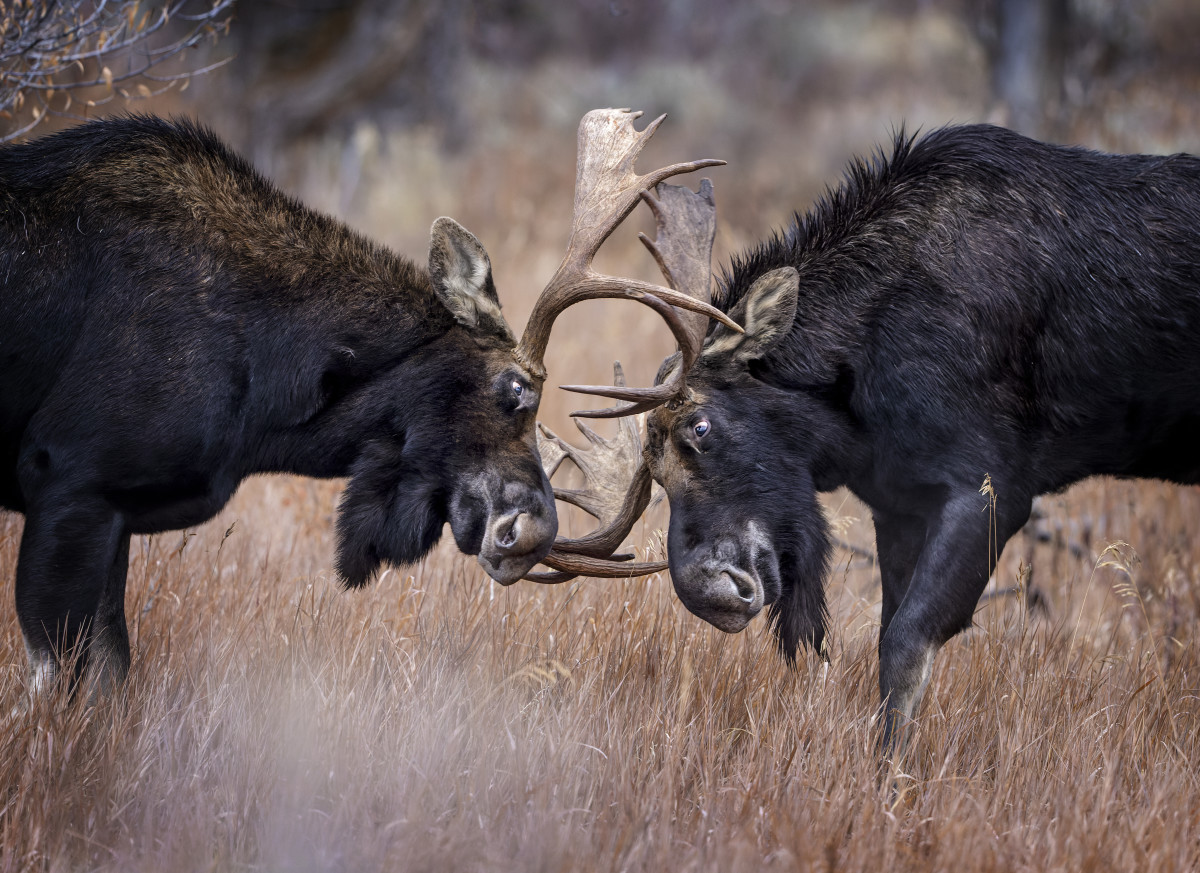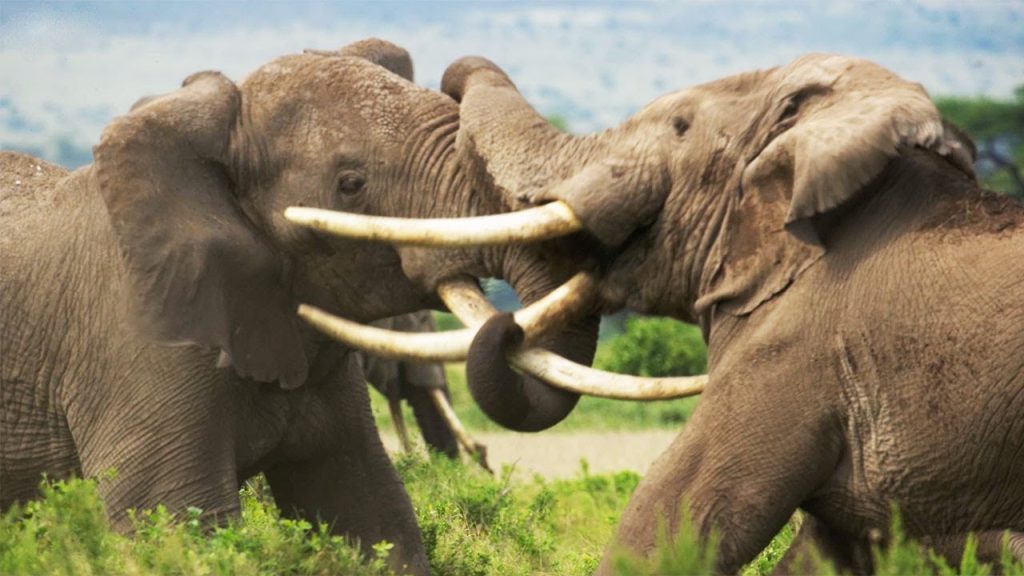
What Is Rut and What Animals Go into It?
The natural world is full of fascinating phenomena, and rutting season is no exception. It’s a time of heightened activity and drama amongst many mammal species, particularly herbivores like deer, elk, and sheep. But what exactly is rut?
The Essence of Rut
Rut, derived from the Latin word “rugire” meaning “to roar,” refers to the breeding season for certain mammals. It’s characterized by a surge in testosterone levels in males, leading to a range of dramatic behaviors:
- Increased Aggression: Males compete for the attention of females, sometimes engaging in fierce fights with antlers, horns, or hooves. These battles establish dominance and determine breeding rights.
- Vocal Displays: From the bellowing of elk to the roaring of stags, males use loud vocalizations to attract mates and intimidate rivals.
- Scent Marking: Males leave behind strong-smelling urine and secretions to mark their territory and advertise their presence to females.
- Physical Changes: Some males undergo physical transformations during rut, such as growing thicker manes or developing more vibrant fur coloration. These changes enhance their visual appeal to females.
A Multitude of Participants:
The rut isn’t a singular event reserved for just a few animals. In fact, rutting season is a widespread phenomenon observed in dozens of mammal species across the globe! Here are some of the most common participants:
- Ungulates: This group, meaning hoofed mammals, includes deer (various species like red deer, whitetail deer, mule deer), elk, moose, caribou, bighorn sheep, pronghorn antelope, and even wild boar.
- Elephants: Male elephants, called bulls, undergo a period of heightened testosterone known as musth, which shares some behavioral similarities to rut.
- Mustelids: Some members of the weasel family, like skunks, also exhibit rutting behaviors.
This list isn’t exhaustive, but it highlights the diversity of species that participate in rutting season. It’s a vital part of their reproductive cycle and ensures the continuation of their lineages.

Beyond the Spectacle
Rutting season is crucial for the survival of these species. It ensures the continuation of their bloodlines and the health of future generations. However, this period can also be a time of increased vulnerability. Increased competition and aggressive behavior can lead to injuries, and the focus on breeding can make animals less cautious about predators.
The Importance of Understanding Rut
Understanding rutting season is valuable for wildlife managers and conservationists. It allows them to monitor animal populations, assess potential threats, and implement strategies to ensure the well-being of these fascinating creatures.
So, the next time you hear the booming calls or witness the clash of antlers in the wild, remember – it’s not just a fight; it’s a vital chapter in the story of survival and procreation playing out in the natural world.






